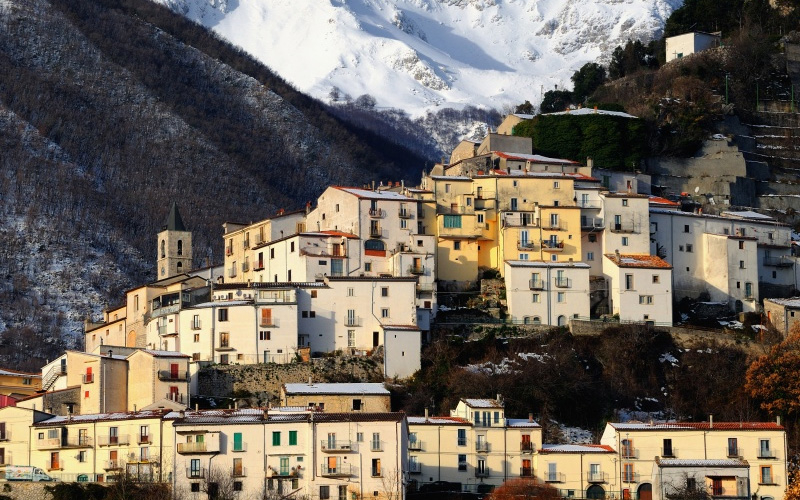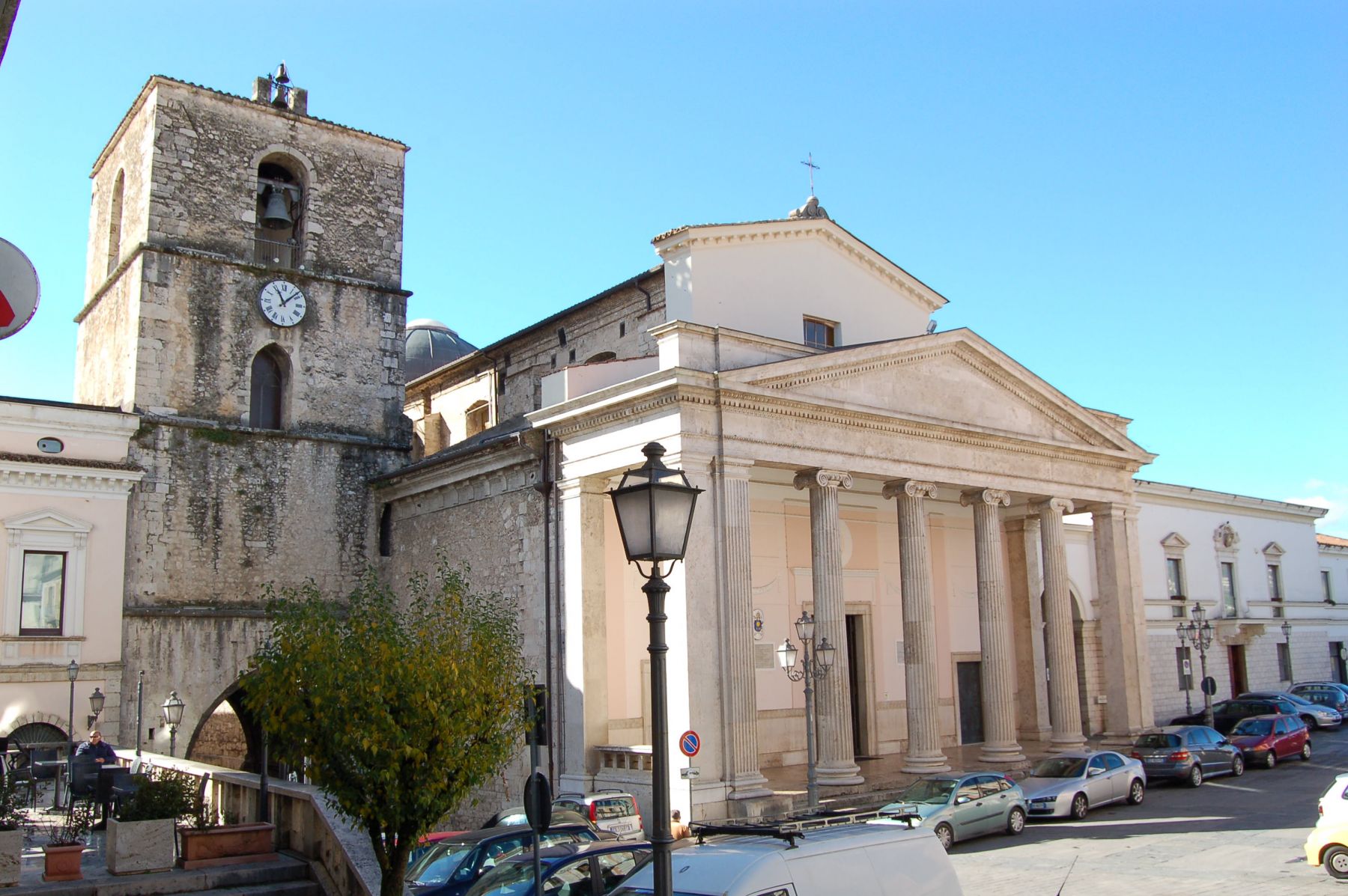


Isernia is an Italian town the capital of the homonymous province in Molise. Among the first documented Palaeolithic settlements in Europe, in ancient times it was a thriving Samnite city, capital of the Italic League and later Roman Municipium. In the 19th century, after the unification of Italy, it was a place of anti-unitary Bourbon reaction.

For the bombing suffered during the Second World War, Isernia was awarded the gold medal for civil valor. The institution of the province dates back to 1970. The main residential area of ​​Isernia is located on the wide ridge of an oblong hill in the southern Apennines, which separates two parallel rivers of modest flow, the Carpino and the Deaf. These river basins flow south-west into the Cavaliere river, a tributary of the Vandra river, which in turn is a tributary of the Volturno. The city rises along the Pescasseroli-Candela cattle track (an ancient transhumance road), at the crossroads of state road 85 and state road 17 Appulo-Sannitica, and is surrounded by the Matese mountains in the south and Mainarde in the north-west . Its territory has an altitude that varies from 285 m a.s.l. up to 905 m a.s.l., for an average of 457 m a.s.l. The area is considered to be at high seismic risk as the telluric activity in the area is estimated to be very intense. The northern area of ​​the inhabited center is located at a higher altitude than the southern part (historically more ancient), and is located on an almost flat but very humid land and rich in marshy springs, including that of the Sordo river.

According to the Geological Map of Italy drawn up by the Geological Service of Italy, the territory of the municipality of Isernia is located halfway between the "calcareous-dolomitic Mesozoic formations" to the south, relating to the Campania Apennines and the Matese mountains, and the " pelagic sediments "of the Mesozoic-Tertiary to the north, belonging to the Samnite Apennines and the Abruzzo Apennines. The very large overlap of these two areas constitutes an anomaly with respect to the rest of the Apennine morphology. The subsoil of the inhabited center is formed by travertine rocks, while in the northern part of the municipality there are sandstone and limestone rocks.
Isernia
Address: Piazza Marconi, 3, 86170
Phone: 0865 4491
Site:
comune.isernia.itLocation inserted by
Culturalword Abco